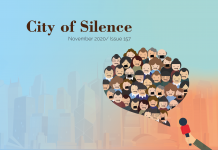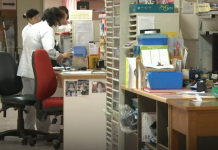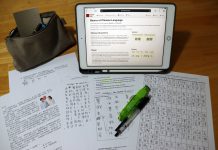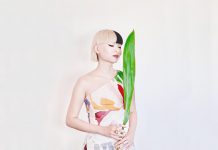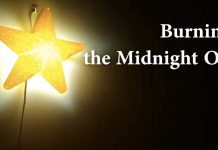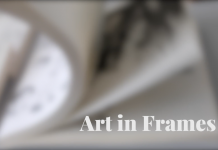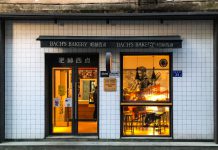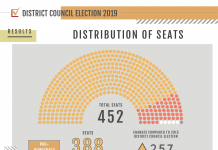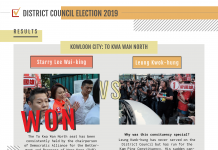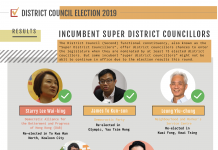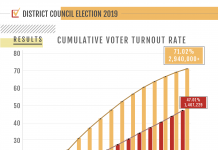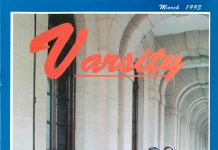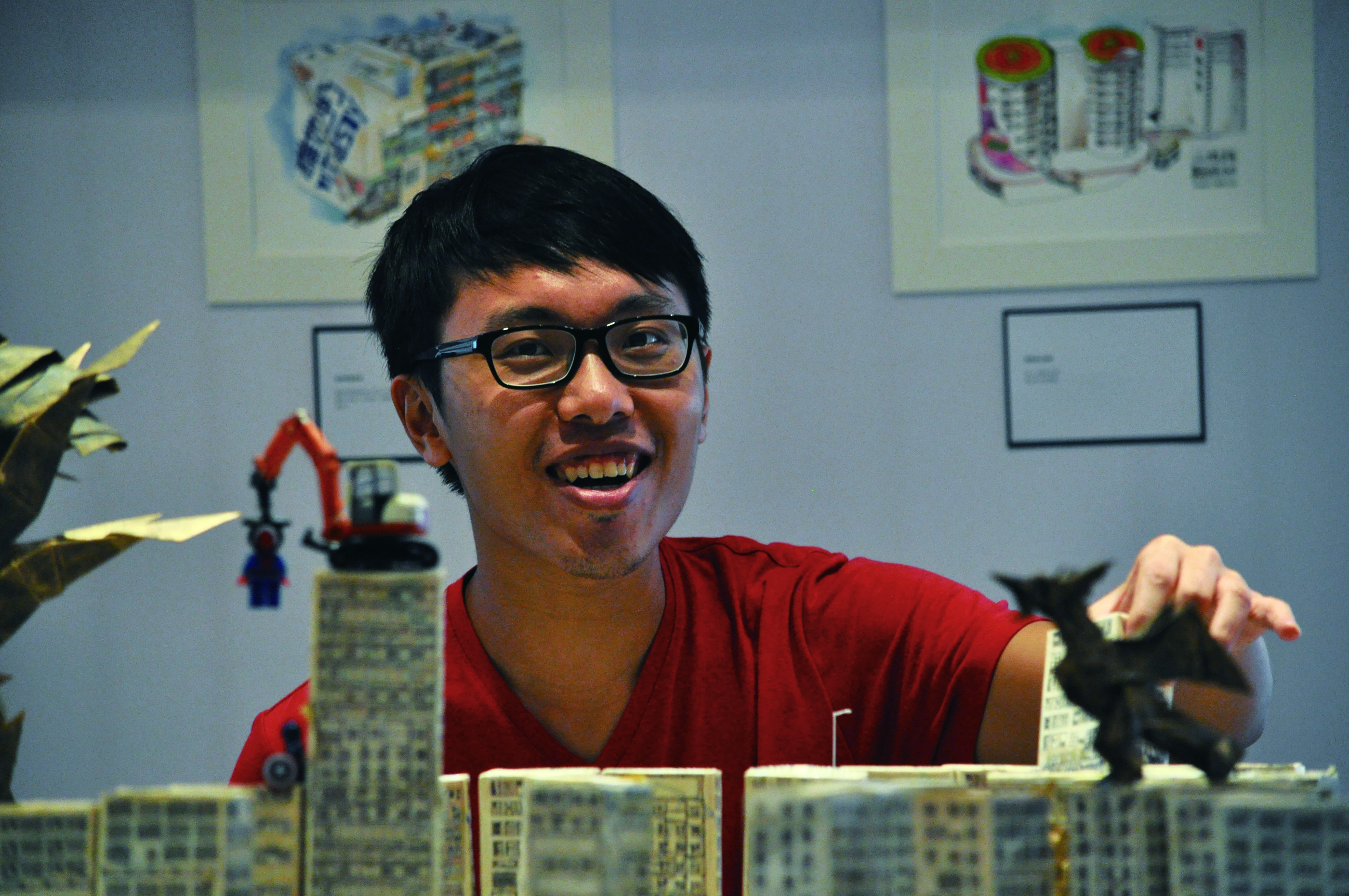Localist beliefs drive illustrator Andy Leung Ka-chun’s art
by Thomas Chan
In a gentle wash of watercolour, the irregularly drawn lines make up the tiny details which become Hong Kong’s densely packed tenement buildings. If you see one of these illustrations in Ming Pao or PassionTeens, you are probably looking at the work of local illustrator Andy Leung Ka-chun. A firm believer in conservation, localism and that Hong Kong should be capital of Greater China, the 27-year-old would rather call himself “Angryangry” – to vent his anger against social injustice.
Born into a grassroots family, Leung has lived in the old industrial and working-class district of Kwun Tong for more than 20 years. He first discovered his talent for art in secondary school while designing promotional materials for the student union cabinet, and graduated from the Hong Kong Polytechnic University with a degree in advertising. In 2009, like a few of his classmates, Leung entered one of the HK4As (The Association of Accredited Advertising Agencies of Hong Kong) and worked there for three years as an assistant art director.
At first, working for a major advertising agency gave him a sense of superiority. “It was the financial tsunami back then and the economy was just beginning to bounce back. I had a lack of working experience and was not known by others. Therefore it [working as an HK4As employee] gave me some sense of belonging,” says Leung.
He then worked for a year as an in-house advertising employee in a local catering company. After a while, he realised his talent was in drawing rather than in art direction and he decided to quit his job to seek a new beginning.
“My strength is to incorporate illustrations of the local community into advertisements, but there aren’t many advertisements that use illustrations,” explains Leung.
Instead of using his talent to do branding for businesses, Leung wants to use it to build a brand for himself. “I want to do something before I get old,” says Leung. His freelance illustration career started off well, with marketing director and columnist Vincent Tsui introducing his work in his column for House News, the Hong Kong news website.
At the same time, he was commissioned to produce a customised set of illustrations for a local businesswoman who owned a vineyard in the Mainland. This helped him to establish the financial grounding to pursue his freelance career and build up his reputation.
Within two months of quitting his job, Leung held his own exhibition called Expiry Date, which utilised empty soft drinks boxes to convey the idea that with the rapid pace of urbanisation, the landscape of Hong Kong may soon expire just as soft drinks do. He has also co-organised bicycle sketching tours in Sham Shui Po to promote the conservation of old neighbourhoods. Earlier this year, he published his first book of illustrations Goodbye Hong Kong.
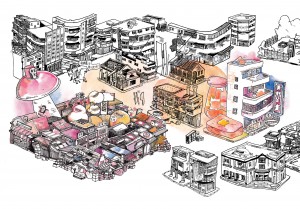
Leung’s illustrations often feature a little girl called Mui-ding (妹釘) who likes to raise questions and a giraffe named Steven (史提芬) who resembles a crane. Leung says he wants to convey a sense of absurdity – even an “ignorant, uneducated girl” can bring up thoughtful questions about our society – to make readers ponder on questions of conservation, Hong Kong-Mainland conflicts and the current political situation.
Leung’s strong localist impulse is rooted in his attachment to Kwun Tong and his childhood home in Yue Man Square. His vivid memories of living in the local community, such as a local shop where he always buys homemade herbal tea, helped him to build up a sense of belonging.
Apart from these childhood memories, Leung thinks his sense of belonging to the city also comes from Cantonese, a language that can be appreciated in both high-brow and low-brow contexts. He is alarmed that the importance of Cantonese is waning in Hong Kong. “Parents forced their children to learn English before, and nowadays Putonghua. They do not pay respect to the status of Cantonese as our mother tongue and have ignored the language’s important history,” says Leung.
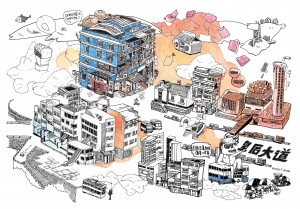
The escalation in tension and conflicts between Mainlanders and Hongkongers has only strengthened his localist beliefs. “One time I was on the MTR, I saw two mainland children fighting for a seat next to an old man and making loud noises. There were already five people sitting there. Eventually the old man had to leave his seat,” says Leung, clearly irritated by the recollection.
To resolve the deadlock, Leung thinks resources in Hong Kong should only be allocated to locals and that Hong Kong should hold the approval rights for one-way permits. In addition, Leung suggests that Hongkongers should draft their own constitution.
Reducing the number of mainland visitors may help to alleviate tensions but Leung is also concerned about how to encourage Hong Kong people to be more vocal and critical in general. In his latest Kade Chan Origami Studio X Angryangry exhibition, his drinks box Hong Kong landscape was invaded by origami aliens. The message was that “the city is about to collapse under the threat challenging our core values”. Leung says the aliens symbolise the Hong Kong people whose silence is damaging the city.
“Hong Kongers have developed some kind of ‘mysophobia’. They are afraid of voicing out to protect our core values and fading city landmarks. I wish to dig deeper into these issues in my artwork and raise certain questions.”
Leung thinks protesters should be more radical in voicing their demands and he firmly believes that peaceful methods of protest and political negotiations are doomed to fail. “You should not negotiate and compromise with people who have vested interests; it means that you surrender once you negotiate,” says Leung. “I strongly support people who go on strike and boycott classes…Class boycotts can be radical, too. It can be frightening when secondary school students are also participating in a class boycott.”
Leung’s radical politics do not seem to have hurt his popularity among business clients. Local companies have offered him various collaboration and crossover opportunities. For instance, he has designed cookie box sets for Crocodile Garments and Singapore’s Tourism Board recently asked him to draw a heritage map for tourists.
Leung has no qualms about mixing art and business and, in fact, describes himself as being “very business oriented”. “People buy products because of the added-value of the brand…why can’t cultural products be treated the same way? We are over-dichotomising [art and business] and demonising business,” says Leung.
He is proud of a creative idea he has which he thinks can reconcile artistic autonomy with business. Knowing that many big corporations are eager to purchase art pieces, Leung has a plan to promote local art but to resist the hegemony of property giants at the same time. He wants to encourage local illustrators and artists to stop selling artworks to the corporations and to rent them out instead.
“If artists could receive a monthly rent for their work from these corporations, this might be another creative way to combat property hegemony,” he says, grinning at his own mischievous thought.
It is just an idea for now, but Leung thinks he can turn it into reality and change the relationship between art and business, the artist and patron. Apart from finding a way for artists to make a living and retain their autonomy, Leung has another wish for Hong Kong. “I wish I could feel secure in wearing any t-shirt I like when I go out, and the police are protecting the citizens. Neither of even these two ‘wishes’ can be guaranteed in today’s Hong Kong,” he says.
His wishes may not all be granted but Leung avoids expressing his disappointment. “I should ask myself if I am doing enough [for the city] before I grumble.” says Leung. “Angryangry” will continue to express his love for the city the only way he knows how, by looking back in anger and triggering more reflections among Hong Kong people through his illustrations.
Edited by Vanessa Cheung




